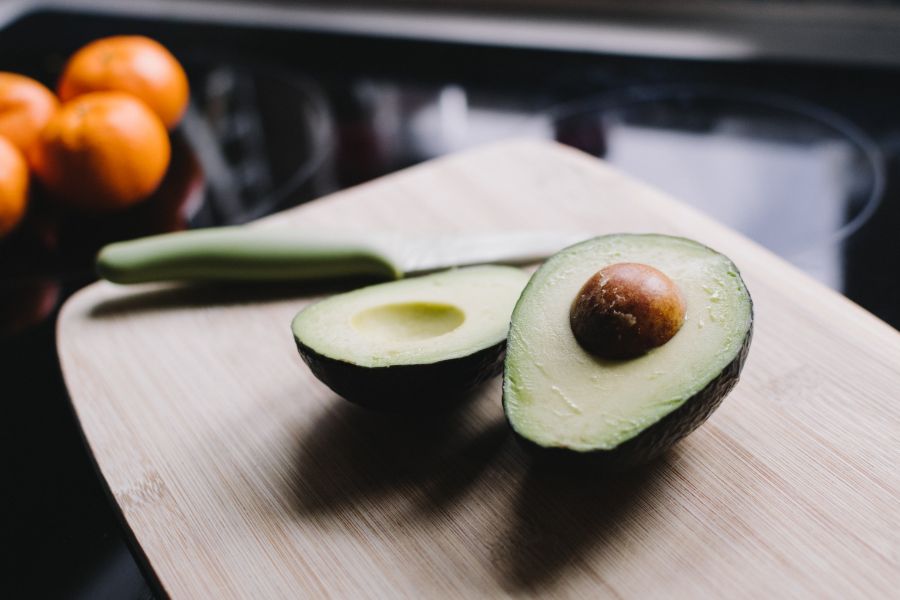Every year over 5 million tonnes of food waste in Australia ends up in landfill, enough to fill 9,000 Olympic sized swimming pools. For the average shopper, that means for every five grocery bags at the checkout, one bag ends up in the bin.
But throwing away food is not just a massive money waster. To produce this food we need land, water, energy, and fertilizer inputs, which all comes at a cost to the environment.
The environmental cost of food waste equates to roughly eight percent of global greenhouse gas emissions, and If food waste was a country, it would be the third biggest emitter of greenhouse gases behind the USA and China.
Founders of Thinc Eco, Andonia Kailis and Hannah Dunkley have put together some practical tips on how you can reduce food waste at home.
Store food the right way
It’s important to help food last as long as possible, by storing it correctly. A great way to lengthen the lifespan of vegetables, such as kale or asparagus is by putting them in a jar of water. Similar to flowers, other leafy vegetables will last longer like this.
Additionally, always store nuts, seeds, and produce in the concealed containers, like our Reusable Silicone Ziplock Bags or our Bamboo Lunchboxes. This will keep them fresh and free from any chemicals a lot of plastic carry.
Consider composting
Composting is a great way to help the environment and help reduce food waste. It will also reduce greenhouse gas emissions, as the breakdown of food happens at a much slower rate. Your garden will also love you for it, as it enriches the soil.
If you live in an apartment block then there are other options in which you can compost, depending on where you live. We like to compile our scraps and drop them in our suburbs local composting bins.
Don’t throw away scraps
Did you know vegetable scraps are a great way to make your own broth? A lot of vegetables and even chicken bones can be saved and stored in the freezer to be used as a delicious homemade broth.
Also, a lot of nutrients and fiber are stored in the outer layer of fruit and vegetables and can even be used in a smoothie.
Prep meals
Meal prep may seem like a chore, but once you incorporate it into your weekly routine, you’ll feel much better for it, as you’ll be saving a ton of money and avoid eating pre-packaged food.
We also find it hand to always have a container of fresh vegetables and fruit on hand in our fridge, which helps to be more healthy as we are snacking on the right foods.
About Thinc Eco
Thinc Eco is a sustainable brand that doesn’t only sell plastic free products, but they are also here to educate you about being more sustainable. Their range of products are made from resourceful materials such as bamboo, wheat and organic cotton.
Need more inspiration?
From weekend travel inspiration, ethical brands to shop and farm to table dining spots; to sustainability news and wellbeing essentials – This Weekend is a sustainable living guide that’s good for you and the planet.






